

Exploring our past to sort out myth from reality
Share this Page on
Facebook or Twitter

These are the voyages of the TimeShip Anachron.
Our Mission: To boldly explore the past, dispelling
mythinformation and mythconceptions
of American History along the way.
 Visit us on Facebook
Visit us on Facebook
Meet MythAmerica LITE
Great-Great Granny’s Enquiring Mind
You have no doubt heard of the National Enquirer tabloid. No, I understate that…you have NO DOUBT seen weekly editions of the Enquirer in a rack at the checkout counter of your local grocery store for over fifty years. In the 1980s, TV and radio ads for the publication gave “teaser” questions about the content of the latest edition (such as “Which stars will encounter new romances … and will our Shuttle encounter real space invaders?”) and added the catchy phrase “Enquiring minds want to know.” Nostalgic for those good old days? See a sample of a 1982 Enquirer ad which ran on TV at the link below.
The Enquirer is the offspring of a newspaper called The New York Evening Enquirer that began publication in 1926. That publication was mostly famous for becoming “a voice for isolationism and pro-
A new owner changed it from a “broadsheet” (regular-
In the late 1950s and through most of the 1960s, the Enquirer was known for its gory and unsettling headlines and stories such as: “I Cut Out Her Heart and Stomped on It” (Sept. 8, 1963) and “Mom Boiled Her Baby and Ate Her” (1962). At this time the paper was sold on newsstands and drugstores only. Pope [the editor] stated he got the idea for the format and these gory stories from seeing people congregate around auto accidents.
Here’s a sample of a 50s Enquirer cover.
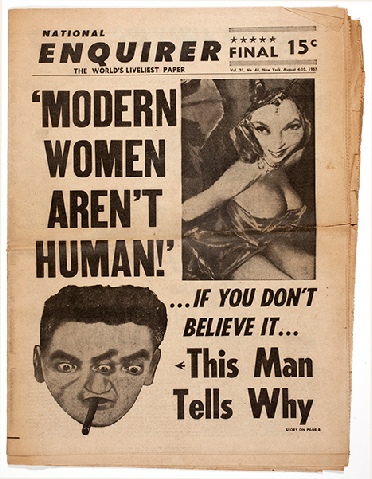
But in 1967, the owner decided that circulation could be greatly increased with the clever new idea of getting grocery stores to sell it at the checkouts. In order to make this work, he (no doubt grudgingly) had to drop the gore and violence, changing the emphasis to celebrity gossip, the occult, and UFOs. Even the occult and UFO stories were eventually shifted off to “sister publications” owned by the same company, such as Weekly World News. So the cover stories on the Enquirer editions of the past 30 years or so have seldom included any stories not celebrity related.

By the time I was old enough to notice the Enquirer at the checkout lanes, it had changed to this new emphasis, so I never saw it when it was in its gory heyday. I’m sure if I had been an adult in the mid-
I would have been wrong.
More than a century before the Enquirer pushed its stories about baby-
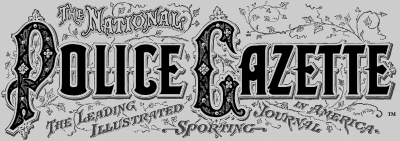
The National Police Gazette, commonly referred to as simply the Police Gazette, was an American magazine founded in 1845 …
Ostensibly devoted to matters of interest to the police, it is a tabloid-
The National Police Gazette enjoyed considerable popularity in the late 19th century and early decades of the 20th century; but its popularity decreased during the Great Depression. The National Police Gazette continued on after [1922] …as a monthly publication [it had been a weekly] for many years before ceasing print publication in 1977.
And make no mistake, it was widely read. And recognized.
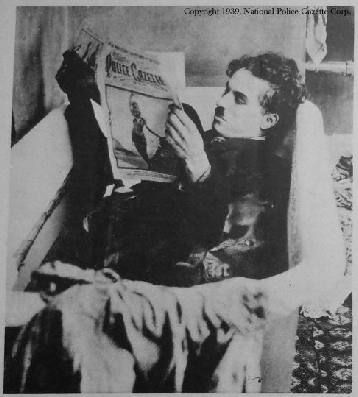
Here is Charlie Chaplin, reading an issue in a scene in his 1922 movie Pay Day.
So if you thought your great-
Here are some samples of story illustrations from the publication’s Victorian heydays.
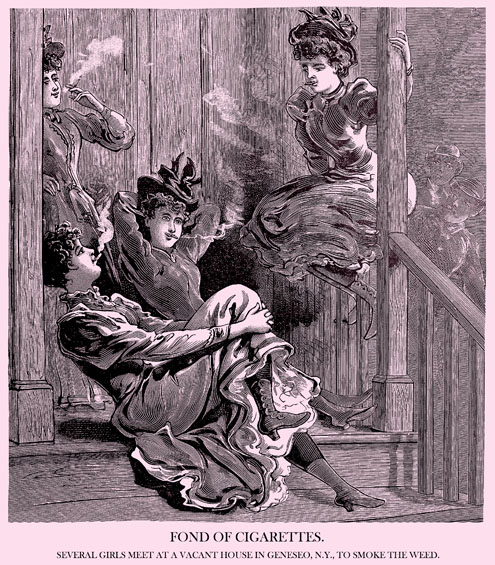
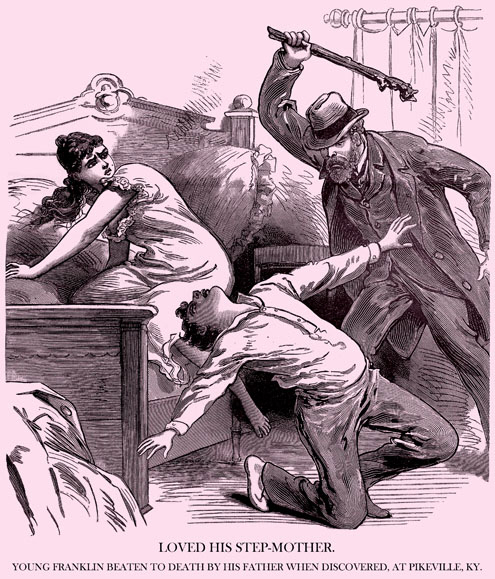
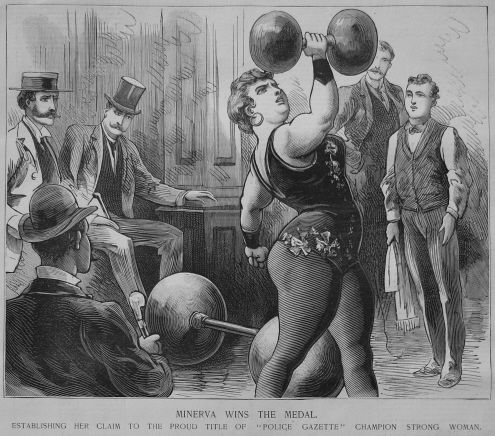
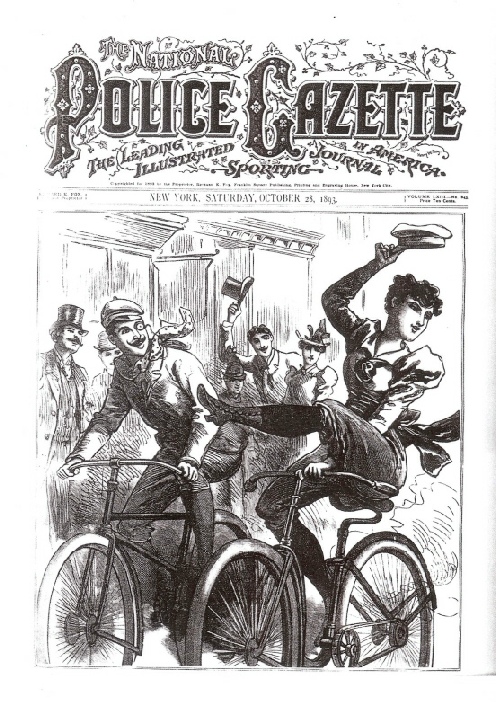
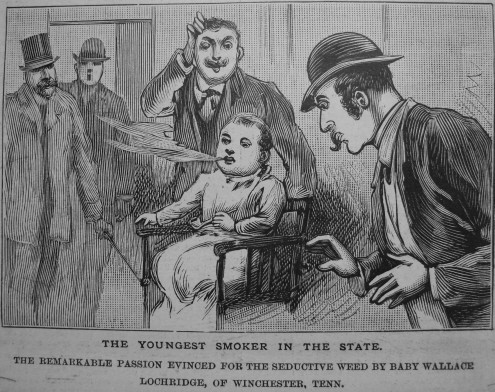
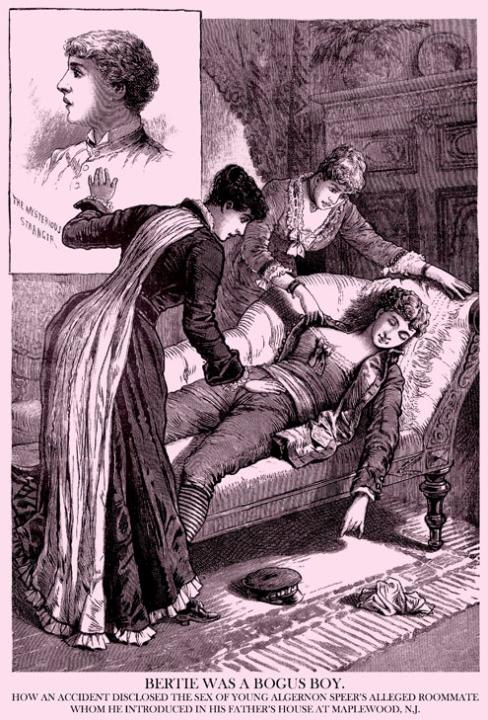
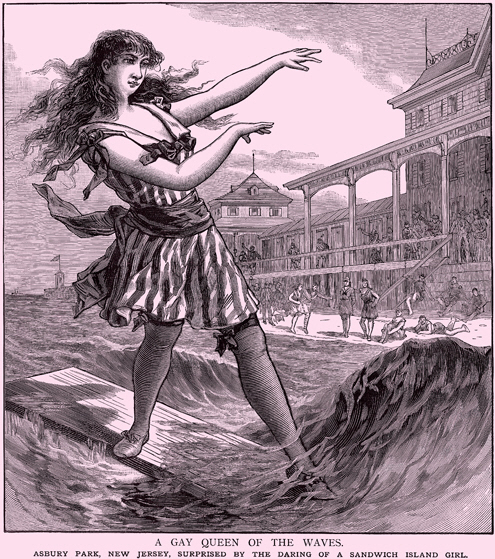
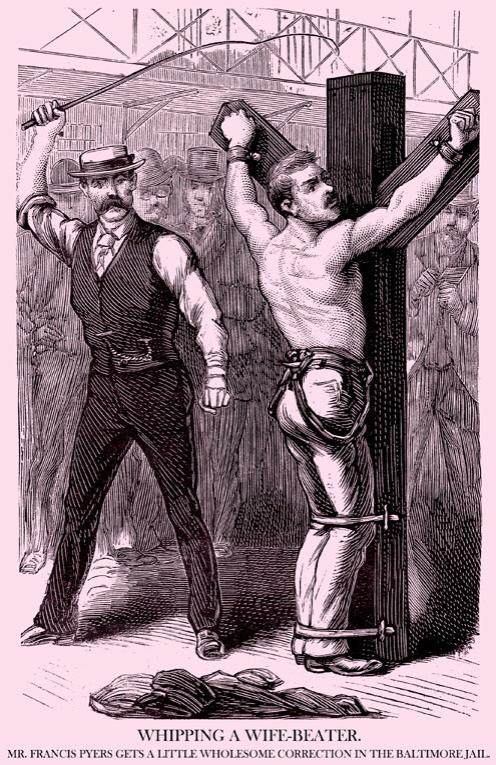
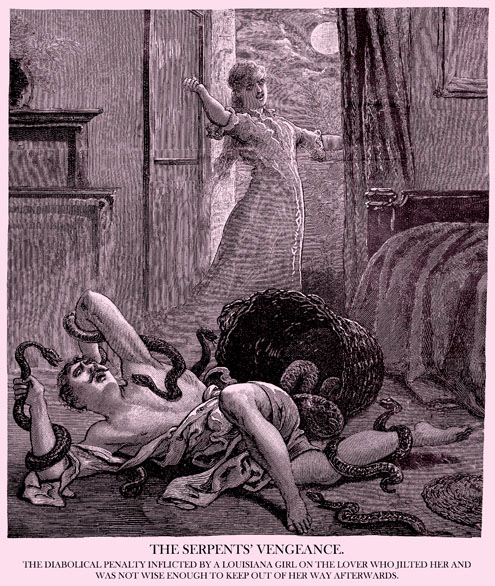
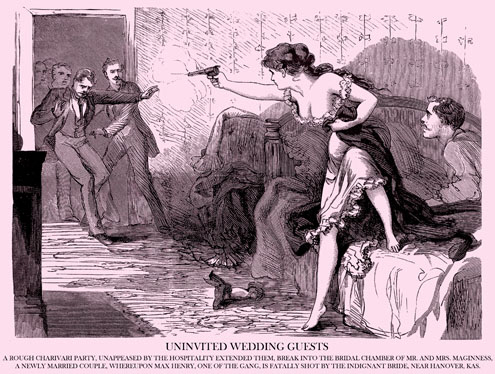
~~~~~
The Police Gazette was a fascinating periodical from the olden days. To read about another type of illustrated news from way back when, check out the article You’ll Find That You’re in the Rotogravure.